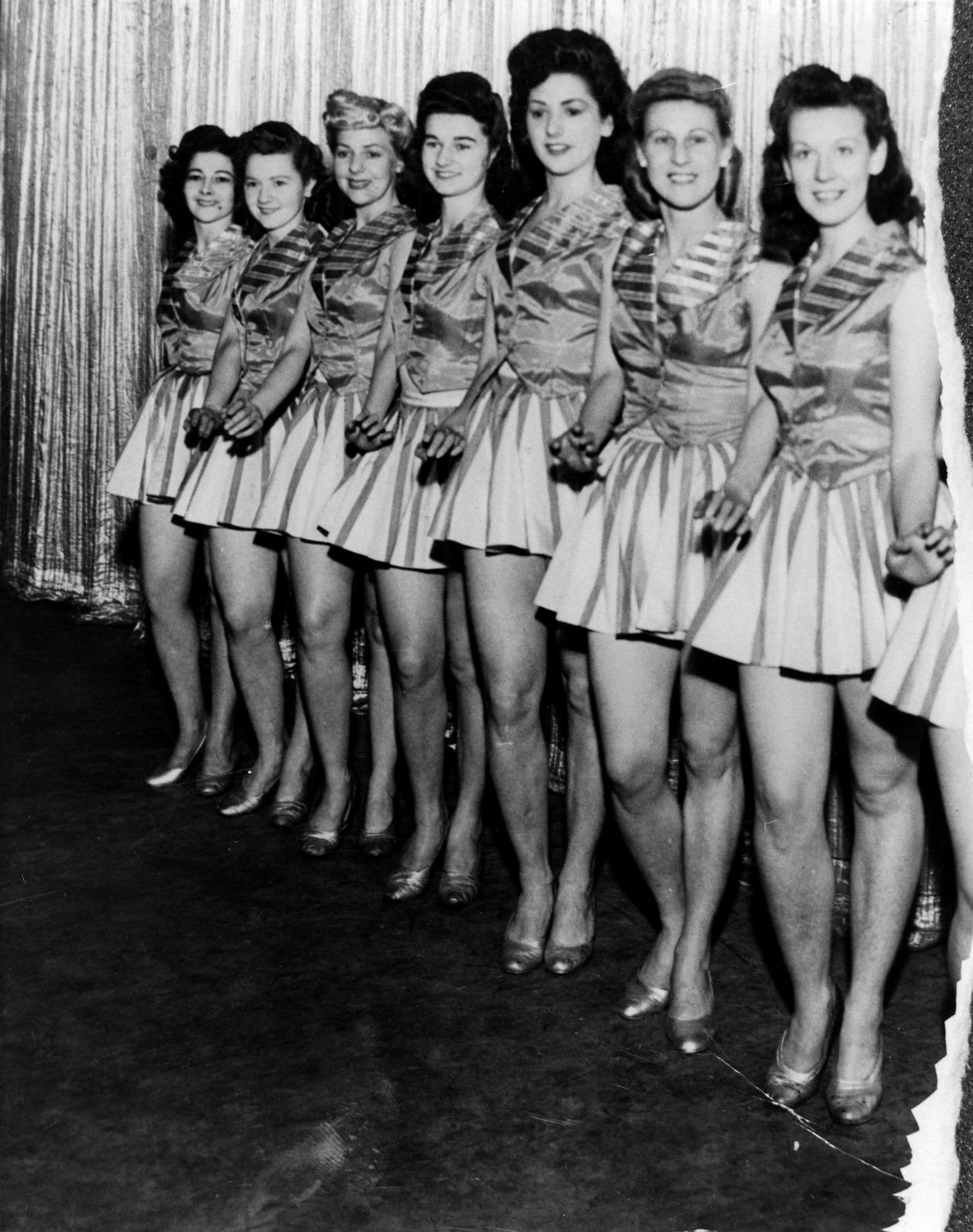The Cremorne, one of the most popular live theatre venues in Brisbane, was built on the river at South Brisbane, and was originally known as Cremorne Gardens. It opened in 1911 as an open-air theatre on the corner of Melbourne Street and Stanley Quay. In wet weather it was covered with canvas tarpaulins. It was destroyed by fire in 1954.

Mark U. Love the dress circle sign! Fancy!!
Anna G. Cremorne Theatre in the Qld Performing Arts Centre was named in honour… When I worked at QPAC as Community Activities Coordinator, I researched and developed a successful show called ‘Vaudeville Vignettes’ and it was performed in its Cremorne Theatre. This show was directed by the wonderful Wilson Irving, in collaboration with REM Theatre, and performed by a group of ‘up and coming’ young performers who learnt about the Cremorne and performed a selection of its Vaudeville acts from its hey-day. It was a privilege and pleasure to work Irving who was so generous with his knowledge, experience and coaching of the young performers. He is sadly missed! Thankfully, QPAC’s Performing Arts Museum has valuable memorabilia etc.
Laurie C. Cremorne advertising proudly proclaimed “No rats, no fleas”.
Muriel A. And yet it looked so shabby with the tin walls.
Laurie C. Jack Benny, Gary Cooper and Bob Hope have performed there. Popular Australians Roy Rene and George Wallace Senior were regulars.
The story of the Cremorne Theatre

The Cremorne, (formerly Cremorne Gardens) one of the most popular live theatre venues in Brisbane, was located on land which was then owned by the Queensland Deposit Bank on the South Bank of the river near the Victoria Bridge, on the corner of Melbourne Street and Stanley Quay.

The open-air theatre (with waterproof covering) was built by variety entrepreneur Edward Branscombe and designed especially for his Dandies costume comedy companies. It opened on 5 August 1911 and could seat 1800 in semi-circle seating form. It was very popular during the summer months, but unsuitable during winter and heavy rain periods! Under the management of John N. McCullem (father of Australian actor and producer John McCullem) the venue soon became popular with Branscombe’s Dandies performing from 1911 to 1915.
Branscombe bought the land on which the theatre stood in September 1915 but sold the entire property to McCullem in May 1916, keeping the right for his companies to perform there.

Major improvements were undertaken including new waterproof awnings, side screens, better entrance and stage settings and, importantly, a gutter to drain water from the awnings. Lighting was increased to 3000 candle power. The theatre re-opened under McCullem’s management on 12 August 1916 with the Orange Dandies.
From 1917 to 1919 three variety companies, the McCallum’s Courtiers, Huxham’s Serenaders, and Walter Johnson’s Town Topics (McCallum’s Town Topics) each played up to nine months without a break. By 1919 further major alterations such as a roof, extended backstage areas and increased seating capacity to 3,000 enabled the production of large-scale spectaculars and operas. A wide range of variety shows and musical revues included the hit The Spice of Life (1934), starring Syd Beck, Billy Maloney, and Maurice Barling.
In 1934 McCallum responded to the increasing competition from the film industry and adapted the theatre to make it suitable for films. The changes required wiring it for sound and reducing the seating capacity to 1300. He then leased the theatre to Metro-Goldwyn-Mayer with the lease eventually extended to 1940.

Live variety entertainment returned in the early 1940s when the theatre was leased to the Sydney based firm Roxy Theatres. The new management first continued screening films but returned to live vaudeville type entertainment in 1941 with the arrival of large numbers of Australian and American military personnel. They engaged many star American variety performers such as Will Mahoney, his wife Evie Hayes, and Bob Geraghty.

South Brisbane became the main entertainment precinct for US soldiers and naval personnel and the Cremorne had to compete with other venues such as the Trocadero Ballroom, the Blue Moon Skating Rink and hotels in Stanley Street.

The Cremorne came out on top in 1943 when Mahoney, Geraghty and Hayes took over the lease with their new company Cremorne Productions Pty Ltd. Through Mahoney’s connections many high-profile American entertainers were engaged – men such as comedians Jack Benny and Bob Hope, musicians Larry Adler and Artie Shaw and actor Gary Cooper. Notable Australian variety show stars included George Wallace, Mike Connors and Queenie Paul, Gloria Dawn, John V. Dobbie and the young Peggy Mortimer (later Cremorne Theatre (Courier Mail) Toppano).

The beginning of the end came in 1948 when Mahoney and Hayes returned to America and the theatre tried to continue as a live venue and compete with the many new cinemas built in the area. Rapidly declining attendance numbers forced the theatre to close in 1949. It was used by local amateur groups the Brisbane Opera Society and the Queensland Theatre Guild until 1951 when it was leased to Universal-International Pictures and was converted into office spaces. The last recorded program was for a production of The Desert Song by the Musical and Theatre Guild of Queensland on 3 May 1952.
Three years later, on 18 February 1954 the theatre was destroyed by fire caused by the combustion of inflammable film. The fire attracted a crowd of about 41,000 who watched firemen battle the blaze. Damage was estimated at £100,000

However, its name and cultural heritage lives on in the new Cremorne Theatre which became part of the Queensland Performing Arts Centre (QPAC) opened on a nearby site in 1985.
(adapted from Cremorne Gardens/Cremorne Theatre, https://ozvta.com/wp- and Wikipedia)
